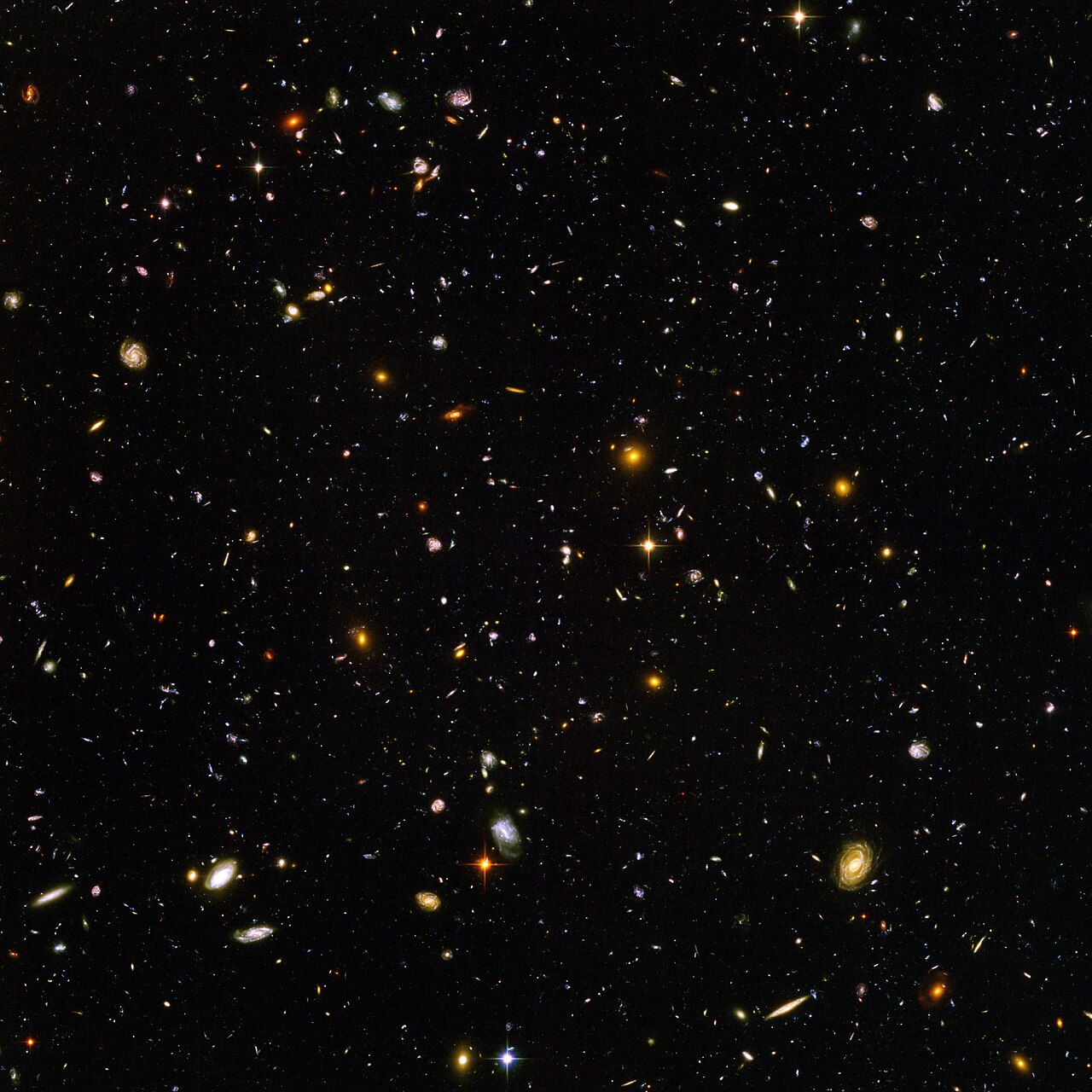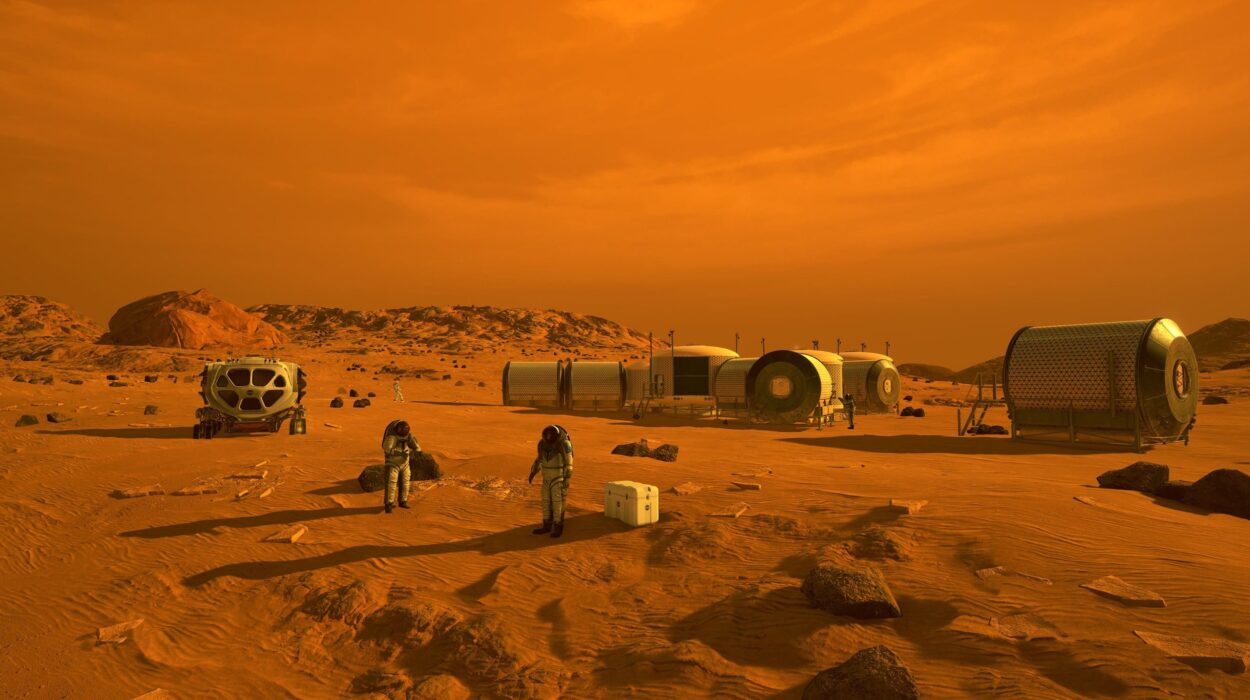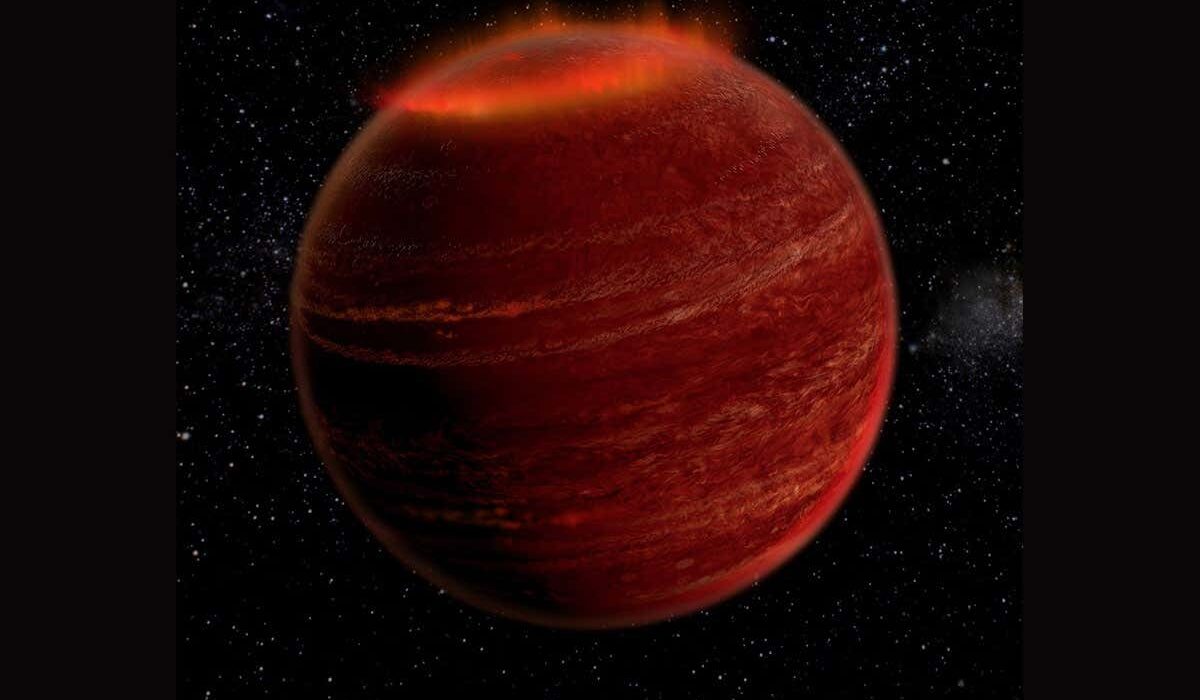When President John F. Kennedy declared in 1961 that the United States would send a man to the Moon before the decade was out, he could not have imagined the cascade of discoveries, innovations, and revelations that NASA would unlock in the decades to come. NASA—short for the National Aeronautics and Space Administration—was founded in 1958 at the dawn of the Space Age, and since then, it has pushed the boundaries of what humanity knows about Earth, space, and even life itself.
Over more than six decades, NASA has changed not only how we see the universe but also how we live on Earth. From landing humans on the Moon to peering into the edge of time with the Hubble Space Telescope, from uncovering the mysteries of Mars to revolutionizing weather prediction, NASA’s achievements have been monumental.
Here are the 20 most important NASA discoveries of all time, each one a milestone in humanity’s quest to understand the cosmos and our place in it.
1. Landing Humans on the Moon
The Apollo 11 mission in 1969 was humanity’s “giant leap.” When Neil Armstrong and Buzz Aldrin set foot on the Moon, it was not just a triumph of engineering—it was a triumph of imagination and determination. For the first time, humans had left their home planet and set foot on another world.
The Apollo program revealed the Moon’s geological history, brought back over 800 pounds of lunar rocks, and gave scientists insights into the early solar system. More importantly, it showed what humanity could achieve when united by curiosity and courage.
2. Discovering the Ozone Hole and Monitoring Earth’s Atmosphere
NASA is not only about space; it has transformed our understanding of Earth. In the 1980s, NASA satellites confirmed the existence of a growing hole in the ozone layer over Antarctica. This discovery was pivotal in shaping international environmental policy, leading to the Montreal Protocol in 1987, which successfully curbed ozone-depleting chemicals.
NASA continues to monitor Earth’s atmosphere, tracking climate change, greenhouse gases, and pollution with unparalleled precision.
3. The Hubble Space Telescope’s Vision of the Universe
Launched in 1990, the Hubble Space Telescope revolutionized astronomy. Floating above Earth’s atmosphere, it captured crystal-clear images of distant galaxies, nebulae, and stars.
Hubble’s most famous image, the “Hubble Deep Field,” revealed thousands of galaxies in what appeared to be an empty patch of sky, proving that the universe is unimaginably vast and filled with billions of galaxies. Hubble also helped measure the expansion rate of the universe and confirmed the existence of dark energy.
4. Mapping the Cosmic Microwave Background
One of NASA’s most profound discoveries came from the Cosmic Background Explorer (COBE) in 1989 and later the Wilkinson Microwave Anisotropy Probe (WMAP). These missions mapped the faint afterglow of the Big Bang—the cosmic microwave background radiation.
This discovery provided a baby picture of the universe, showing us what it looked like only 380,000 years after its birth. It confirmed the Big Bang theory and gave scientists clues about how galaxies formed.
5. Water on Mars
For centuries, people wondered if Mars might harbor life. NASA’s exploration has revealed a planet that was once far more Earth-like than it is today. The Mars rovers and orbiters discovered dried-up riverbeds, polar ice caps, and minerals that form only in water.
In 2015, NASA announced evidence of recurring water flows on Mars’s surface. While these may be briny and seasonal, they suggest Mars was once habitable—and may still host microbial life underground.
6. The Voyager Golden Record and the Interstellar Journey
Launched in 1977, the twin Voyager spacecraft have become humanity’s most distant emissaries. Voyager 1 entered interstellar space in 2012, the first human-made object to do so.
Along with sending back invaluable data about Jupiter, Saturn, Uranus, and Neptune, Voyager carries the Golden Record—a time capsule of Earth’s sounds, music, and greetings, intended for any extraterrestrial beings that may one day encounter it.
7. Evidence for an Expanding Universe and Dark Energy
In the late 1990s, NASA’s Hubble observations of distant supernovae confirmed a shocking fact: the universe is not just expanding, it’s accelerating. This discovery implied the existence of a mysterious force called dark energy, which makes up about 70% of the cosmos.
This revelation reshaped cosmology, raising profound questions about the ultimate fate of the universe.
8. The Discovery of Exoplanets
NASA’s Kepler Space Telescope, launched in 2009, changed our view of the universe forever. By observing tiny dips in starlight, Kepler discovered thousands of planets orbiting other stars—exoplanets.
Many of these planets are Earth-sized and orbit in the habitable zone, where liquid water could exist. This discovery suggests that our galaxy is teeming with worlds and that Earth is not unique. The search for extraterrestrial life is now more scientifically grounded than ever.
9. Protecting Earth with Asteroid Tracking
NASA plays a crucial role in planetary defense. The Near-Earth Object Observations Program has discovered thousands of asteroids and comets that could potentially impact Earth.
In 2021, NASA successfully tested the DART (Double Asteroid Redirection Test) mission, deliberately crashing a spacecraft into an asteroid to alter its orbit. This proved humanity could, in principle, protect Earth from a catastrophic asteroid impact.
10. Discovering Saturn’s Active Moons: Enceladus and Titan
NASA’s Cassini mission to Saturn, launched in 1997, delivered breathtaking discoveries. Cassini revealed that Enceladus, one of Saturn’s icy moons, has geysers spraying water vapor and organic molecules into space—strong evidence of an underground ocean that could harbor life.
Cassini also studied Titan, Saturn’s largest moon, uncovering methane lakes and a thick atmosphere. These discoveries expanded our imagination of what “habitable worlds” might look like.
11. Discovering the Greenhouse Effect of Venus
NASA’s Mariner and Pioneer Venus missions in the 1970s revealed that Venus is a cautionary tale of climate change. Its atmosphere is 96% carbon dioxide, creating a runaway greenhouse effect that has turned the planet into an inferno with surface temperatures hot enough to melt lead.
This discovery provided critical insights into Earth’s own climate and the dangers of unchecked greenhouse gases.
12. GPS, Satellite Communications, and Earth Observation
Though often overlooked, NASA’s contributions to technology have reshaped daily life. By advancing satellite communications and global positioning systems (GPS), NASA made modern navigation, weather forecasting, and even smartphones possible.
Earth-observing satellites now track hurricanes, monitor deforestation, and measure sea-level rise, providing data essential for global safety and sustainability.
13. The International Space Station: A Laboratory in Orbit
Since the year 2000, the International Space Station (ISS) has hosted astronauts living and working in space continuously. Built with international cooperation, the ISS is a unique laboratory for studying microgravity’s effects on the human body, developing new medical treatments, and testing technologies for future Mars missions.
The ISS is not just a science lab—it is also a symbol of what humanity can achieve through collaboration across borders.
14. The Birth of Space Telescopes Beyond Hubble
While Hubble is the most famous, NASA has launched a fleet of powerful space observatories. The Chandra X-ray Observatory revealed high-energy phenomena like black holes and exploding stars. The Spitzer Space Telescope studied the universe in infrared, peering through dust clouds to see newborn stars.
Most recently, the James Webb Space Telescope (JWST), launched in 2021, has begun rewriting cosmic history, looking back to the first galaxies that formed after the Big Bang.
15. The First Close-Up Images of Mars and Other Planets
NASA’s Mariner 4 spacecraft, which flew by Mars in 1965, sent back the first close-up photos of another planet. They revealed a barren, cratered world—not the canals and civilizations some had imagined.
Later missions expanded this planetary exploration, giving us our first close-ups of Jupiter, Saturn, Uranus, and Neptune. Each planet revealed surprises: swirling storms, giant magnetic fields, and moons that defied expectations.
16. Confirming Black Holes Exist
While black holes were predicted by Einstein’s equations, proving their existence was a monumental task. NASA’s X-ray satellites such as Chandra confirmed the presence of black holes by observing the high-energy radiation from matter spiraling into them.
Today, NASA continues to study black holes, even capturing data that contributed to the first-ever image of a black hole’s shadow in 2019.
17. Unveiling the Secrets of the Sun
NASA’s solar missions, including SOHO (Solar and Heliospheric Observatory) and the Parker Solar Probe, have revolutionized our knowledge of the Sun. These missions study solar flares, sunspots, and the solar wind that shapes space weather and affects Earth’s technology.
The Parker Solar Probe, launched in 2018, is the first spacecraft to fly into the Sun’s corona, providing unprecedented data about our star.
18. Mars Rovers: Spirit, Opportunity, Curiosity, and Perseverance
NASA’s fleet of Mars rovers has brought the Red Planet to life. Spirit and Opportunity showed that Mars was once wet and possibly habitable. Curiosity discovered organic molecules and seasonal methane, further fueling the question of life. Perseverance, launched in 2020, is now collecting samples that may one day be returned to Earth.
These discoveries have transformed Mars from a distant world into a tangible place we might one day visit.
19. Discovering Earth’s “Blue Marble”
Sometimes, the most powerful discoveries are also the most humbling. In 1972, the Apollo 17 astronauts photographed Earth in its entirety—the famous “Blue Marble” image. It was the first full-color photo of our planet from space, showing its beauty and fragility.
This image helped spark the environmental movement, reminding humanity that Earth is a shared home that must be protected.
20. NASA’s Search for Life Beyond Earth
Perhaps NASA’s most important ongoing mission is the search for life. From probing Mars for biosignatures to studying the oceans of Europa and Enceladus, from discovering thousands of exoplanets to sending spacecraft into interstellar space, NASA is at the forefront of humanity’s greatest question: Are we alone?
While no definitive evidence of extraterrestrial life has been found yet, NASA has provided the tools, data, and missions that make the search possible. Each discovery brings us closer to an answer.
Conclusion
NASA’s discoveries have forever changed how we see ourselves and our place in the universe. They have revealed Earth’s fragility, uncovered the secrets of other planets, and expanded human imagination to cosmic scales. They have provided practical tools that improve daily life and philosophical insights that humble and inspire us.
From footprints on the Moon to the faint whispers of the Big Bang, NASA has woven a narrative of exploration that transcends borders and generations. The 20 discoveries listed here are only the beginning—because the greatest NASA discovery may still lie ahead.






